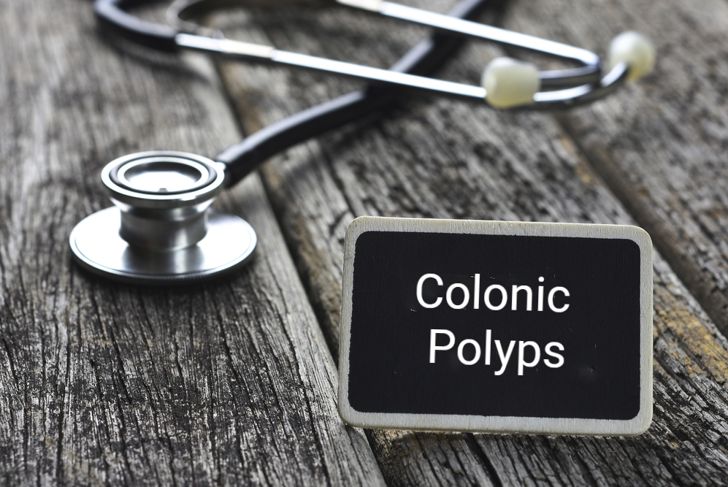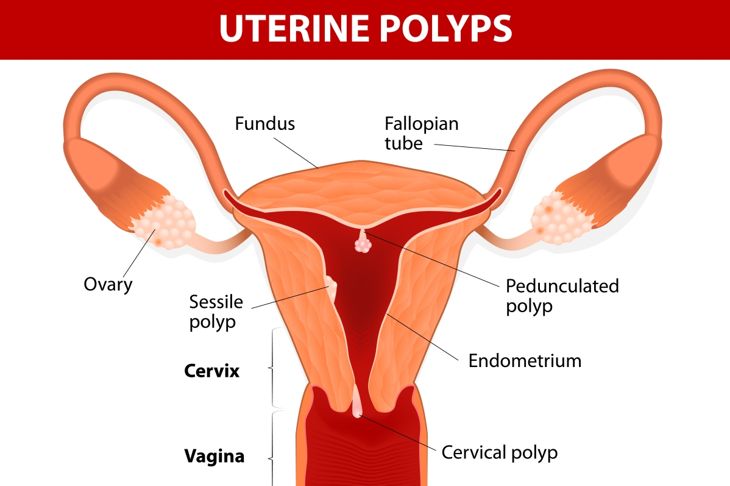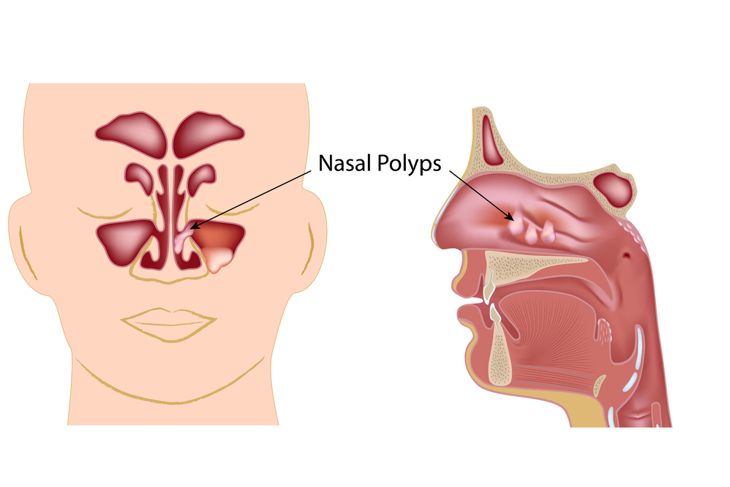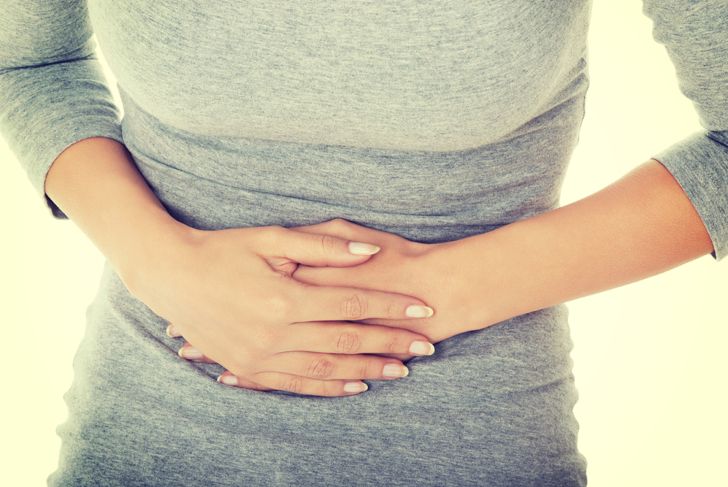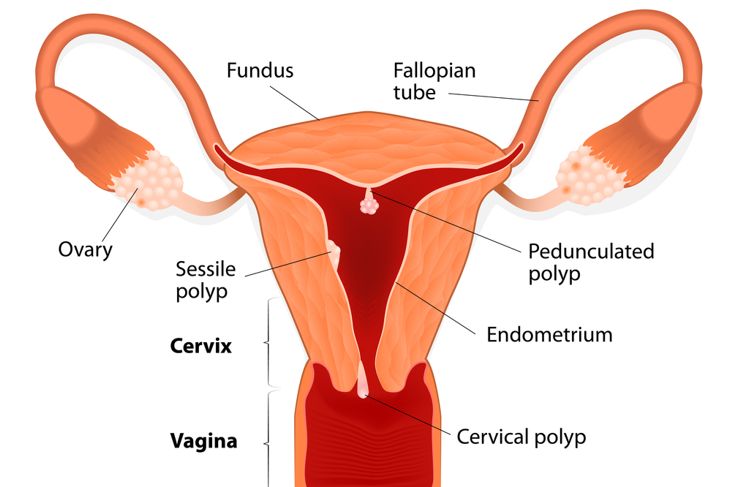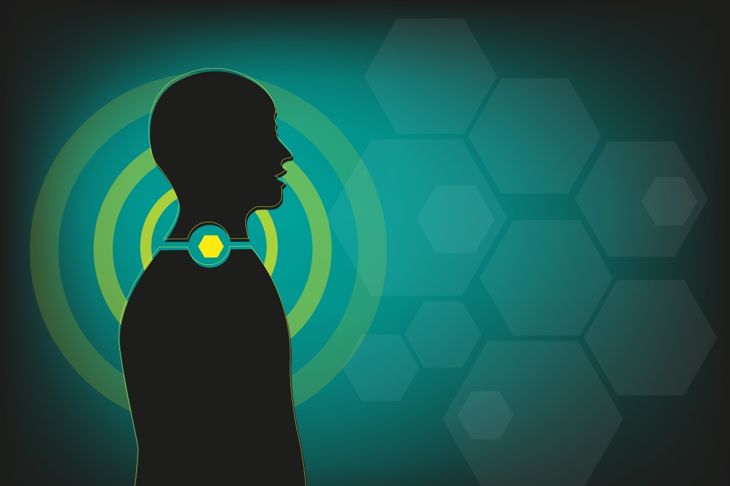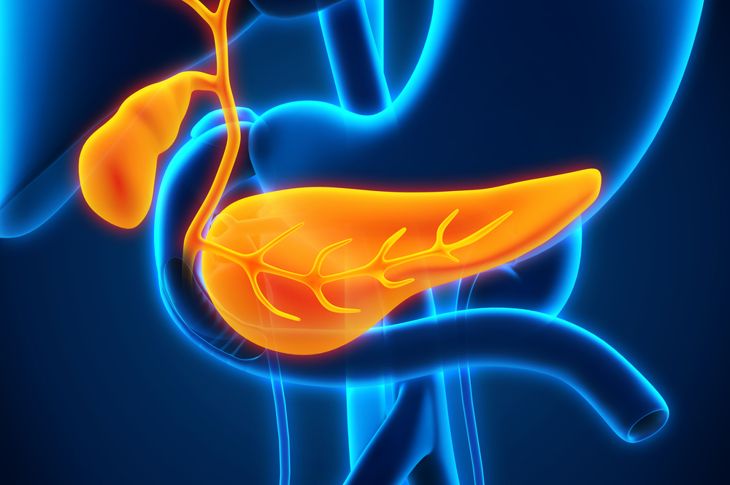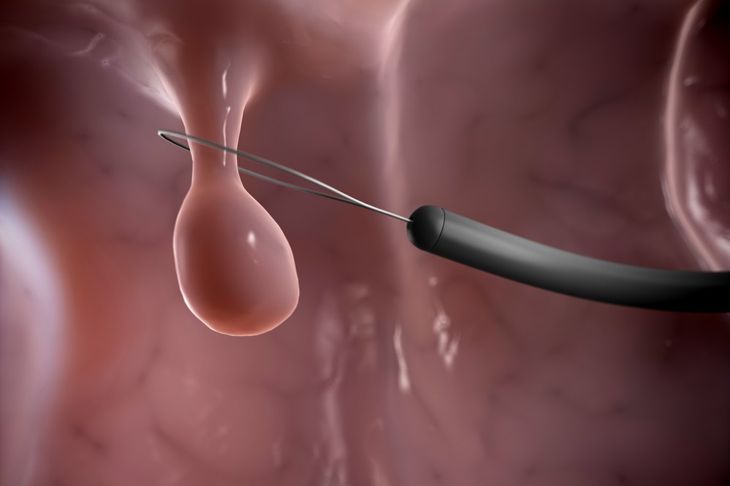Polyps refer to abnormal outgrowths of tissue that are typically projected from a mucous membrane though they may be present in any organ having blood vessels. In most instances, polyps are benign growths meaning that they are noncancerous. However, since they are a product of abnormal cell growth, they are capable of eventually becoming cancerous. This is why it is very important for one to know where polyps commonly occur so that any skin aberration in such areas can be tested and treated immediately. The 9 most commonly occurring types of polyps are enlisted further.
Colonic Polyps
This form of polyps receives much medical attention since it is colorectal cancer that usually develops from benign polyps of the colon itself. Moreover, in most cases, colonic polyps are asymptomatic, further complicating the process of diagnosis and treatment. When symptoms are present, they are of a rather generic nature such as diarrhea, constipation, pain, obstruction and bloody stool; all of which are easily associable with other common conditions. However, if colonic polyps are detected in the early stages, they can be removed during a colonoscopy, thus reducing the risk of the individual developing colorectal cancer.
Uterine Polyps
Uterine polyps are tissue masses that manifest upon the inner lining of the uterus. Women of any age may have them though the risk is far greater in menopausal women and those over the age of 40. More often than not, uterine polyps are noncancerous and occur without symptoms. However, they are capable of causing menstrual abnormalities including very heavy bleeding, bleeding between menstrual periods or bleeding post menopause as well. If these symptoms occur, it would be wise to get oneself checked for uterine polyps, especially if one is over 30 years of age. In some cases, polyps may protrude through the cervix into the vagina, in which instance, severe pain may be felt.
Nasal Polyps
When polypoidal masses grow out of the mucous membranes of the nasal passage and paranasal sinuses, much discomfort is experienced by the suffering individual. The feeling is comparable to that of having a perpetual cold with moderate to severe nasal congestion, sinusitis and loss of smell as well. In some cases, secondary infections provoked by nasal polyps may cause headaches as well. Once detected, these tissue outgrowths may be removed through surgery, but the chance of recurrence is high. Moreover, surgeries involving the sinuses are rather tricky for the risk of damage to orbit matter is high. Thus, one going in for surgical removal of nasal polyps should ensure that an experienced surgeon is responsible for the procedure.
Stomach Polyps
Stomach polyps are a rarely occurring variety of tissue outgrowth. Like most other forms of polyps, this condition also tends to be asymptomatic and noncancerous. Even when symptoms are present, they are easily mistakable for those of other diseases; pain, nausea, vomiting spells and bleeding may be attributed to other common conditions and delayed diagnosis is fairly common with stomach polyps. Since there is a possibility of stomach polyps developing into cancerous tumors, once detected in a patient, a biopsy is usually ordered by the physician in charge. Once, the nature and location of the stomach polyps is determined, appropriate treatment and procedures are recommended. With some types of polyps, particularly small outgrowths that are not adenomas, no treatment may be prescribed at all.
Aural Polyps
The occurrence of aural polyps is a more serious health concern as compared to several other manifestations of the condition. Aural polyps are usually found in the external ear canal or may grow from the middle ear space and/or attach to the eardrum. Earaches and hearing loss is common in individuals suffering from aural polyps, though in some rare instances bleeding may also occur. The treatment of this condition varies, depending upon the cause which may be a foreign object, tumor, inflammation or cyst. What is noteworthy is that with aural polyps, seeking treatment in time is of utmost importance so as to prevent the rather serious complications it may otherwise produce.
Cervical Polyps
Cervical polyps are common in women over the age of 20 who have borne children. They occur in the cervical canal which connects the uterus to the vagina. The common symptoms associated with this condition is heavy menstrual bleeding, bleeding between menstrual periods, bleeding in the aftermath of sex and a thick, white or yellow discharge on ordinary days. There is also a possibility that no symptoms occur at all and the polyps may be discovered during an unrelated medical investigation. In most cases, a simple procedure involving the removal of the polyp is likely to leave the patient free of any discomforts. The prognosis is also good, with no more than a 1% likelihood of cervical polyps developing into cancerous tumors.
Larynx
An injury to the throat or vocal cords primarily because of overuse of the voice can result in growths on the voice box or larynx. These types of growth are called laryngeal polyps or vocal cord polyps. In maximum cases, such polyps are not cancerous. A common symptom of a person developing larynx polyps is a sudden change in voice. It might become croaky. In addition, the person can experience certain difficulty in gulping down the food accompanied by a dry cough. As far as the treatment is concerned, one should provide as much rest as possible to the throat, otherwise, surgery would be needed to remove the polyp. There is a special procedure for removal of larynx polyp which doesn’t require an incision, known as Microlaryngoscopy.
Gallbladder Polyps
Gallbladder polyps are small lesions protruding from the walls of the gallbladder that can be cancerous; though 95% of gallbladder polyps are benign in nature. Maximum gallbladder polyps are made of cholesterol and they can poke out from the inner lining of the walls of the gallbladder. Usually, such polyps do not cause any symptoms, but some can cause abdominal pain (biliary colic), which is common in the case of gallstones. Treatment for polyps larger in size (about 18mm) is usually surgery.
Hyperplastic Polyps
Hyperplastic or inflammatory polyps are the most common type of polyps found in the rectum and colon. These polyps are not really cancerous. Nonetheless, the large hyperplastic polyps present in the colon’s right side shouldn’t be taken lightly. Such polyps need to be removed completely.

 Home
Home Health
Health Diet & Nutrition
Diet & Nutrition Living Well
Living Well More
More